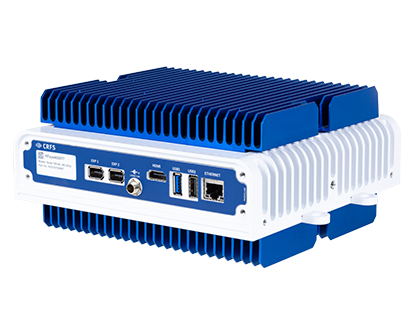RFeye Array 300 Series
High-performance, twin-channel system for simultaneous wideband radio monitoring and direction finding
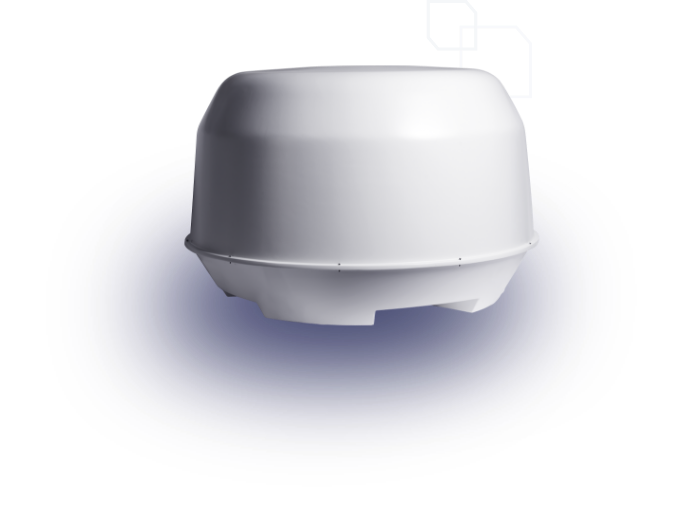
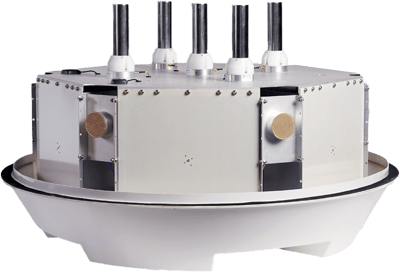
RFeye Array 300 series overview
The Array 300 is a spectrum monitoring and direction-finding system for mobile or fixed deployment. It provides 100 MHz IBW and is available in three different receiver configurations, offering spectrum monitoring up to 8, 18, or 40 GHz. Each Array contains two RFeye Nodes to allow users to carry out multiple missions simultaneously. These RF sensors are closely connected to the antennas for maximum sensitivity.
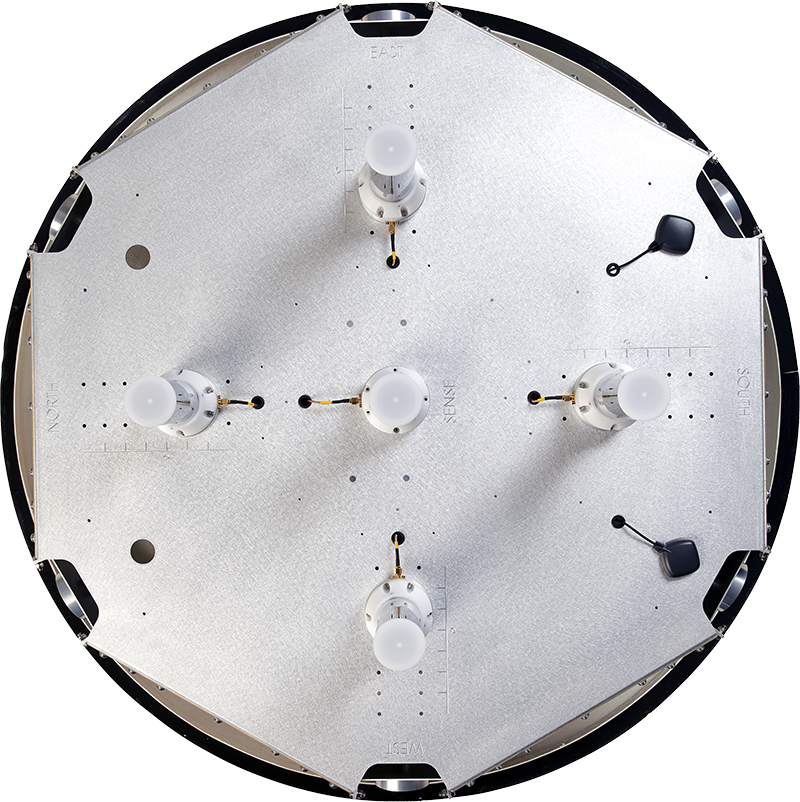
The Array 300 uses a unique multi-layer approach that is more sophisticated and versatile than traditional direction finding. It uses the Watson-Watt methodology for signals between 20 MHz and 300 MHz in addition to high-performance directional spiral antennas that reject interference and multipath and are optimized for different frequency bands. These spiral antennas are sensitive to most incoming signal polarizations, including all linear polarizations. This means the Array 300 can detect signals that are invisible to most DF systems. Also, the Array’s timing and synchronization features enable combined PoA, AoA, and TDoA techniques, allowing all signal types in the range to be mapped, irrespective of signal power, bandwidth, or frequency.

- Ruggedized protection in harsh environments (-30°C – +55°C)
- Increased probability of intercept thanks to a dual receiver design
- Unique antenna layout delivers maximum consistency and accuracy
- Unique calibration file means no need for recalibration
- Network over large distances for wide-area monitoring
- Immunity to distorted wavefronts
- Minimal sensitivity to depolarization
RFeye Array at a glance
Unique multi-layer approach
DF antennas
All linear signal polarizations

Combined geolocation methodologies

100 MHz IBW wideband frequency monitoring
RF recording (I/Q capture)
Networked for multiple users & missions
Ruggedized protection from water or dust
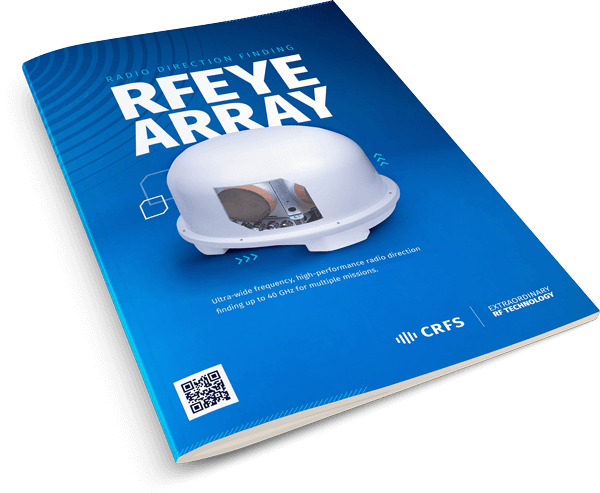
BROCHURE
RFeye Array overview
Understand the technology behind the RFeye Array. Walk through the different size and configuration options. Learn how the multi-layer approach makes the RFeye Array superior to other DF techniques. Discover the powerful software that works with the RFeye Array.
Intelligent RF sensor
High performance, intelligent RF sensor with in-built EDGE processing, reducing backhaul data bandwidth.
The latest superheterodyne RF technology
RFeye Nodes are designed using the latest microwave components and technology for superior sensitivity, frequency stability, and selectivity.
Advanced signal intercept
Multi-stage pre-selection filtering and intelligent AGC support superior signal extraction in contested and noisy environments.
Gateway to powerful
software and APIs
CRFS hardware works with a software suite to monitor, capture, analyze, and geolocate signals of interest for complete spectrum visibility.
Talk to an advisor about the RFeye Array
| Array comparison | RFEYE ARRAY 125 | RFEYE ARRAY 150 | RFEYE ARRAY 300-8 | RFEYE ARRAY 300-18 | RFEYE ARRAY 300-40 |
|---|---|---|---|---|---|
| Channels | Single RF sensor (Node) | Single RF sensor (Node) | Dual RF sensors (Nodes) | Dual RF sensors (Nodes) | Dual RF sensors (Nodes) |
| Frequency range | 9 kHz - 8 GHz | 9 kHz - 18 GHz | 9 kHz - 8 GHz | 9 kHz - 18 GHz | 9 kHz - 40 GHz |
| Direction finding frequency range | 500 MHz - 8 GHz | 500 MHz - 18 GHz | 20 MHz - 8 GHz | 20 MHz - 18 GHz | 20 MHz - 40 GHz |
| VHF DF extender option (20 MHz - 300 MHz) | N/A | N/A | Yes | Yes | Yes |
| Noise figures at maximum sensitivity | 6-10 dB typical | 7-18 dB typical | 6-10 dB typical | 7-18 dB typical | 8.5-16 dB typical |
| Instantaneous bandwidth (IBW) | 100 MHz | 100 MHz | 100 MHz | 100 MHz | 100 MHz |
| Sweep speed (typical) | 280 GHz/s @ 2 MHz RBW | 390 GHz/s @ 2 MHz RBW | 280 GHz/s @ 2 MHz RBW | 390 GHz/s @ 2 MHz RBW | 232 GHz/s @ 2 MHz RBW |
| Supports PoA, AoA, TDoA, hybrid DF methods | Yes | Yes | Yes | Yes | Yes |
| Deployment | Fixed & mobile | Fixed & mobile | Fixed (recommended) | Fixed (recommended) | Fixed (only) |
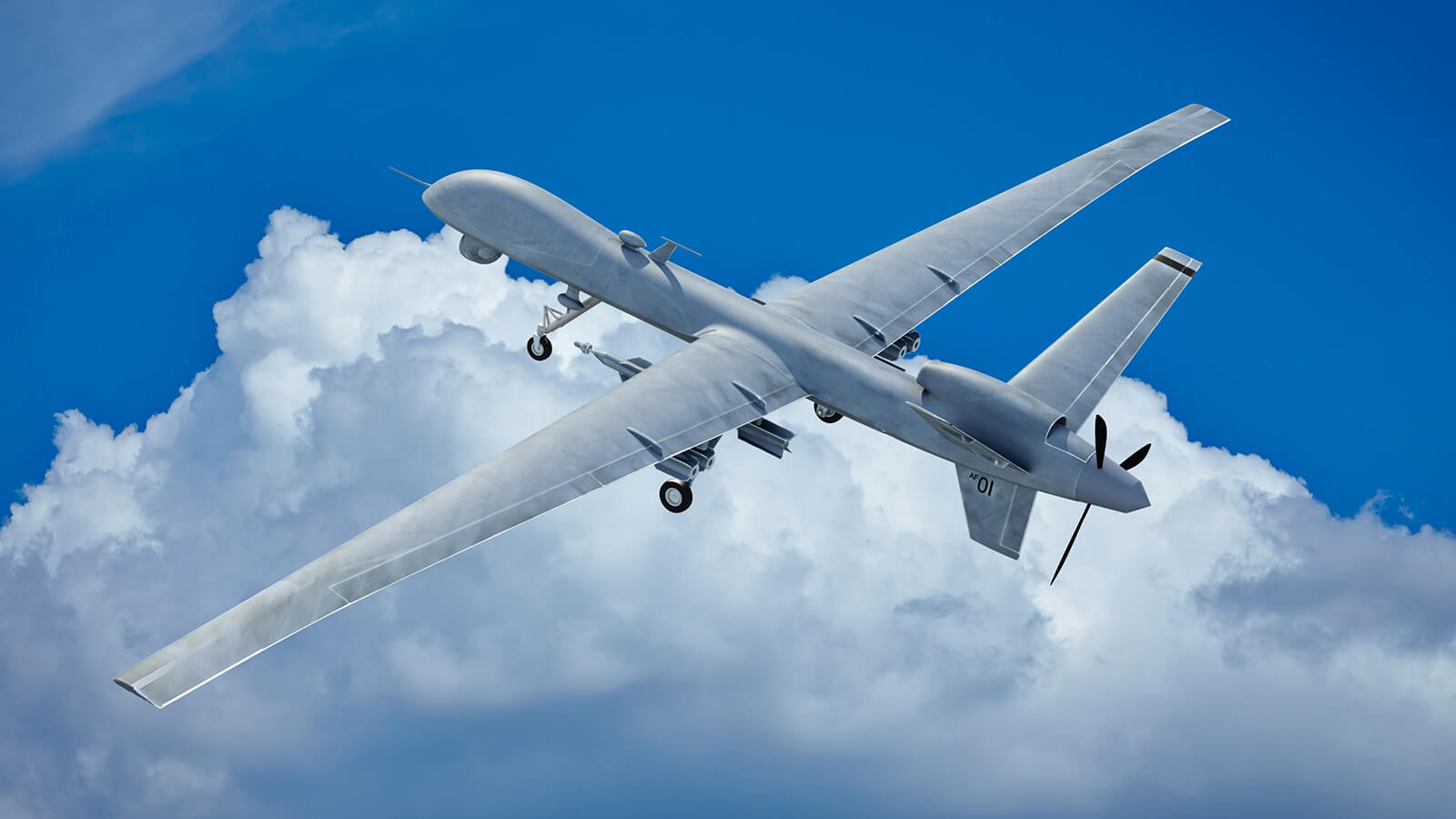
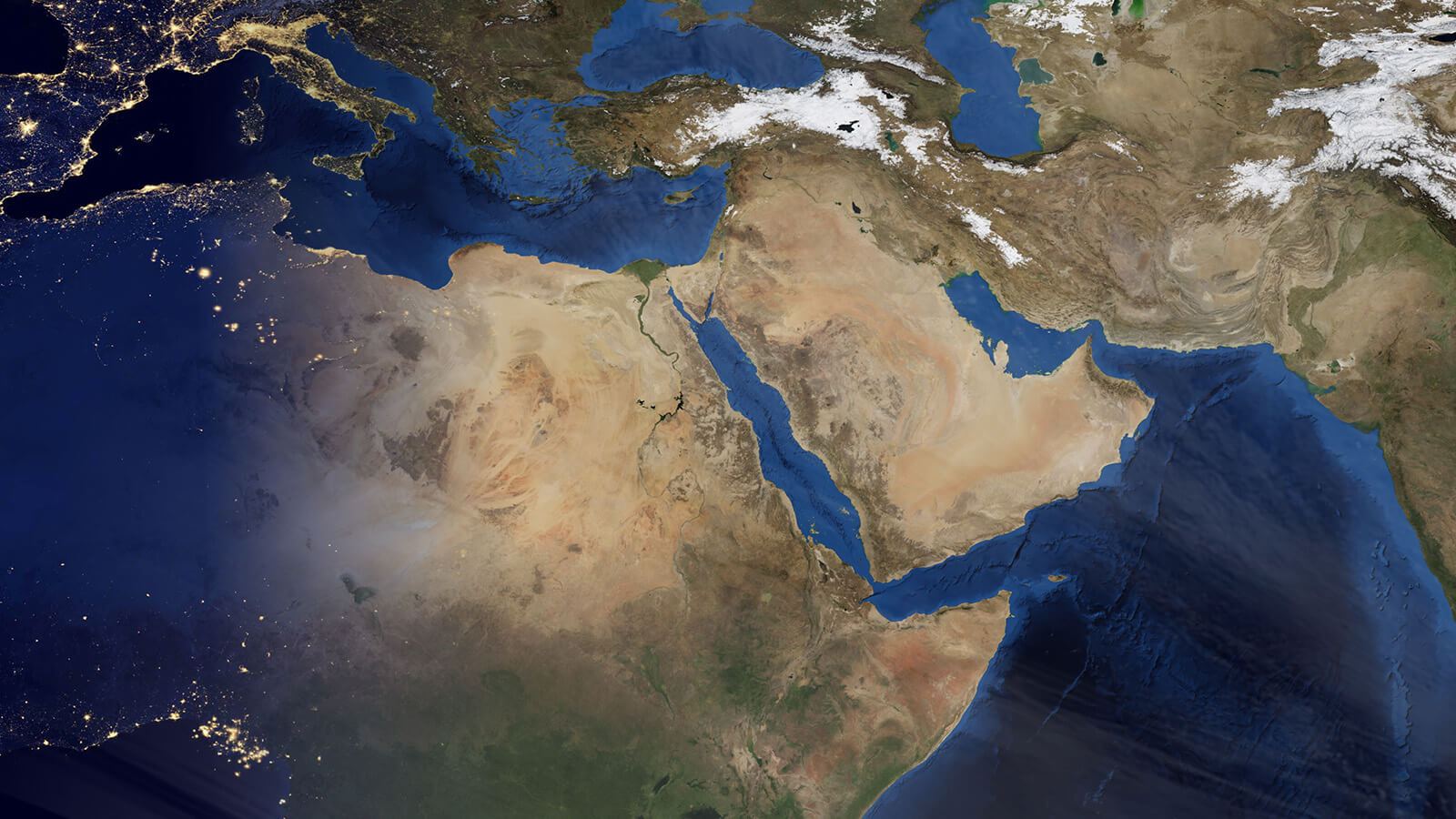



ISR MISSIONS AT SEA & ACROSS HOSTILE BORDERS
How combining ground & air-based RF sensors improved ISR and target acquisition.
Read the storyMoD BORDER SURVEILLANCE IN THE MIDDLE EAST
How a government agency secured its borders in a volatile region.
Read the storyREAL-TIME DIRECTION FINDING & FULL SPECTRUM AWARENESS
How a Southeast Asian government intelligence service secured multiple borders.
Read the storyUPGRADING LEGACY SYSTEMS FOR PROACTIVE SPECTRUM MANAGEMENT
How the Malta Communications Authority replaced old equipment with state-of-the-art solutions.
Read the storyDETECTING RF INTERFERENCE AT ONE OF THE WORLD’S BUSIEST SPACEPORTS
How a spaceport operator ensures the integrity of its payloads with 24/7/365 RF monitoring
Read the storyCRFS expertise

Principles of
geolocation
techniques
This white paper describes the underlying principles of geolocation techniques (AoA, TDOA, FDOA, & PoA) and outlines their applications.

Passive geolocation
with 3D TDOA
Learn about the passive technique known as Time Difference of Arrival (TDOA), which uses the time difference between receipt of signals at spatially separated receivers to determine the location of the source.
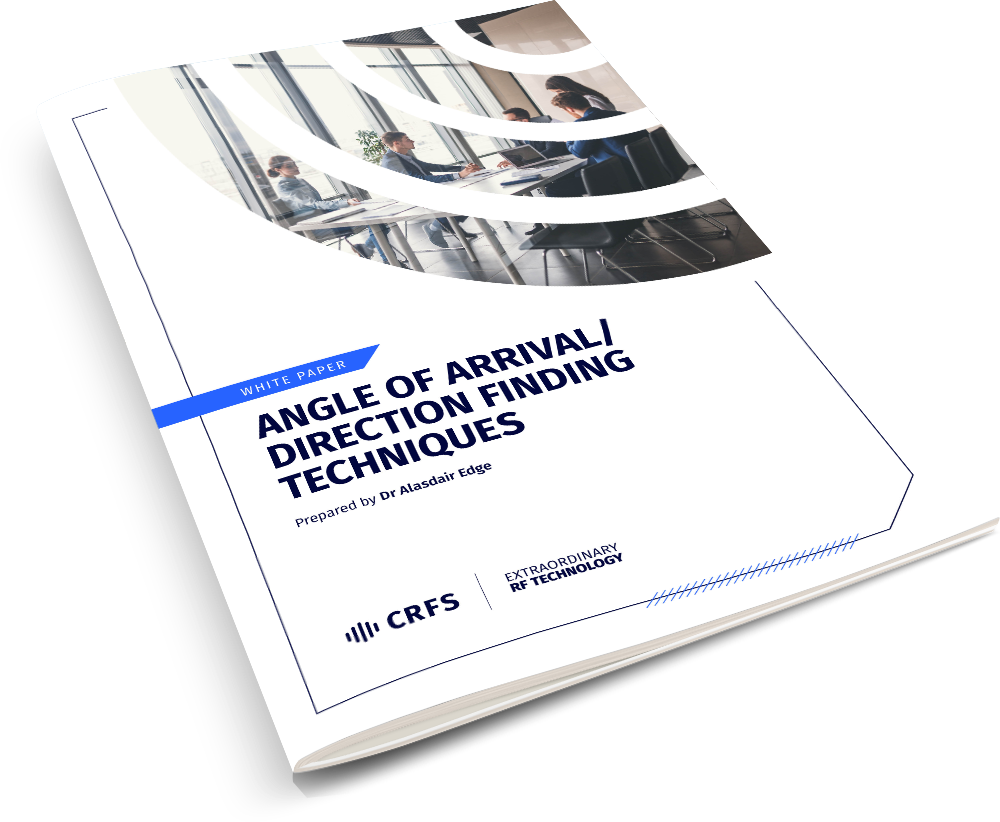
Angle of arrival / direction finding techniques
This white paper outlines the various forms of AoA , including how they work, how they can be applied in practice, and how they can be combined with other geolocation techniques, such as time difference of arrival (TDoA).
Explore hardware
CRFS offers a combination of fixed, tactical, and mobile hardware solutions, which can be used as versatile, re-deployable systems that do not require recalibration.
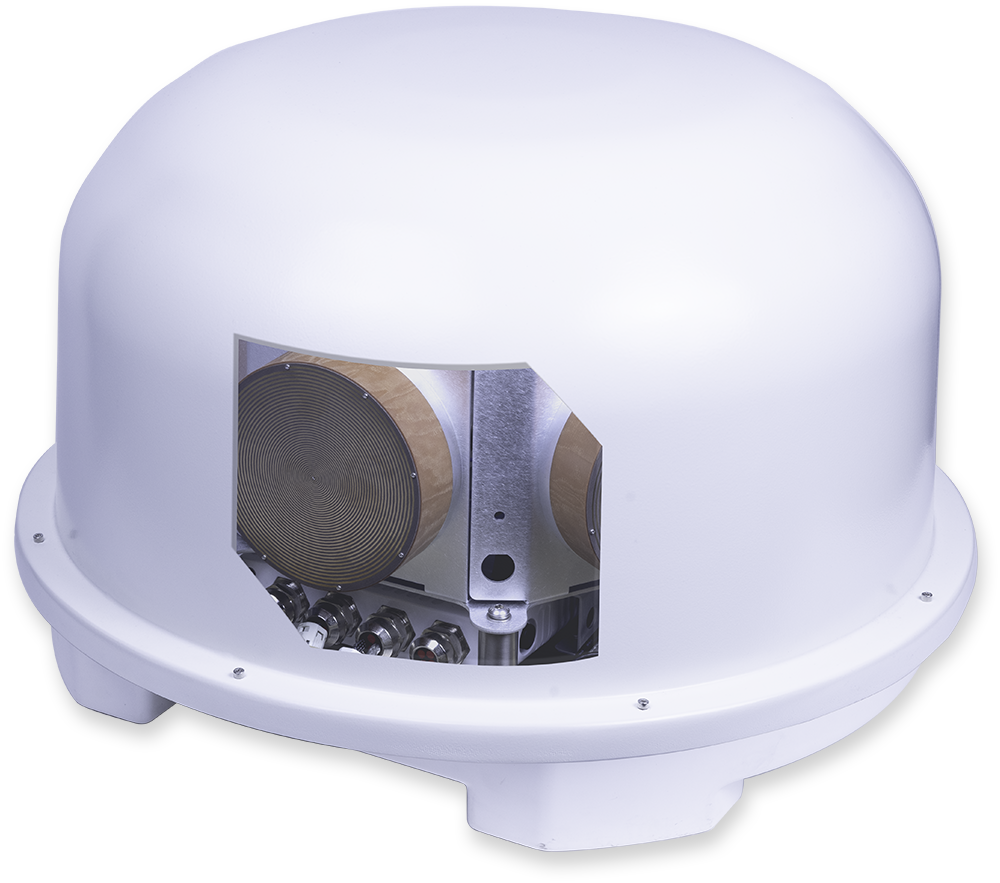
RFeye Array 100
Direction finding and advanced plug-and-play geolocation system. Fully integrated, multi-mission systems for fixed, vehicle, or transportable applications with DF, monitoring, and geolocation capability.
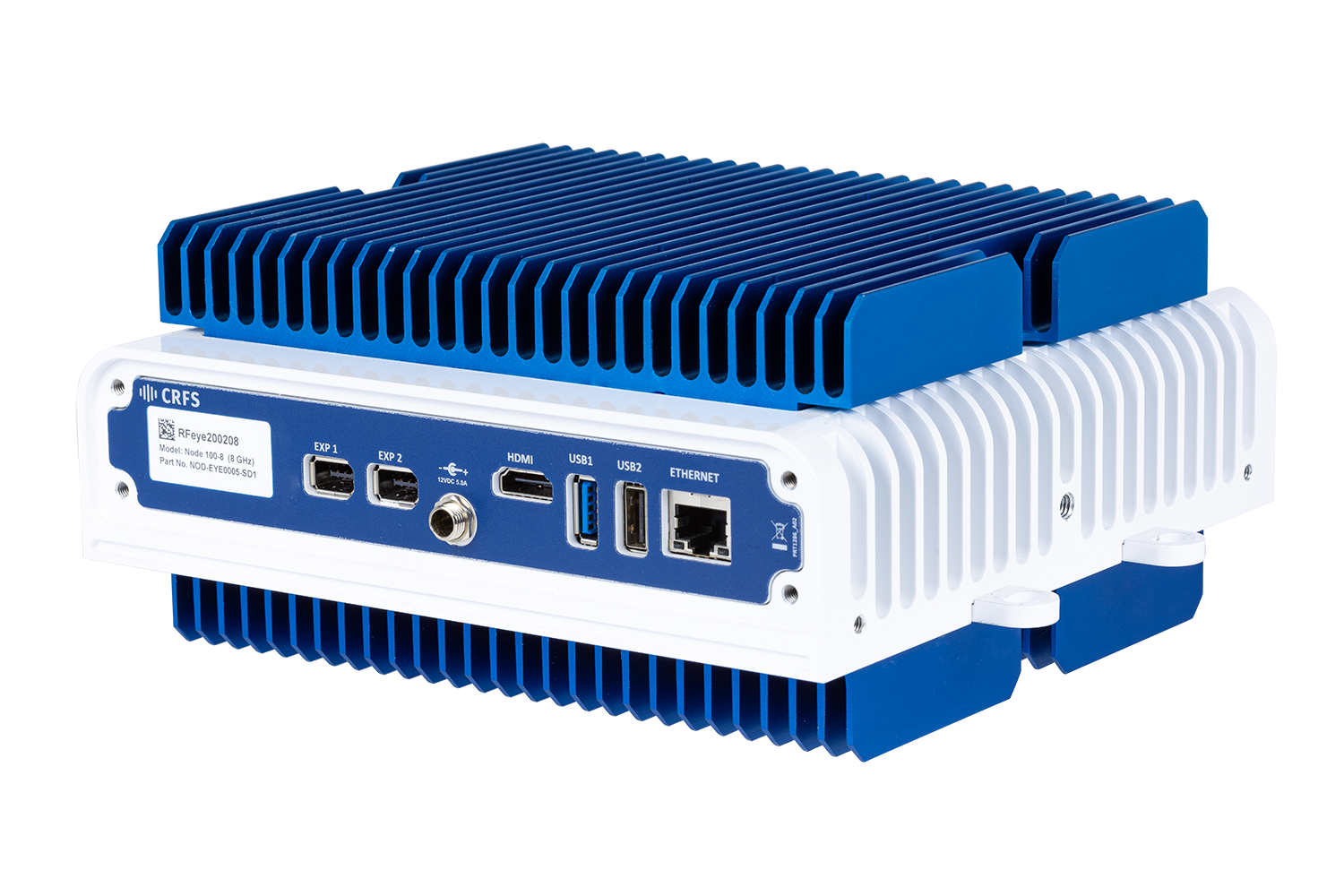
RFeye Node 100-18
The wideband RFeye Node 100-18 is a complete spectrum monitoring and geolocation system. Optimized for size, weight, and power (SWaP), it is simple to connect, power, and network.

RFeye Node 100-8
Wideband RF receiver to ensure you never miss a signal. The RFeye Node 100-8 is a complete spectrum monitoring and geolocation system designed for remote deployment in distributed networks, including in hostile environments.
Explore software
A comprehensive software suite to monitor, capture, analyze, geolocate, and report signals of interest.

RFeye Site
RFeye Site is a toolbox to monitor the spectrum in real-time and geolocate signals in complex RF environments.
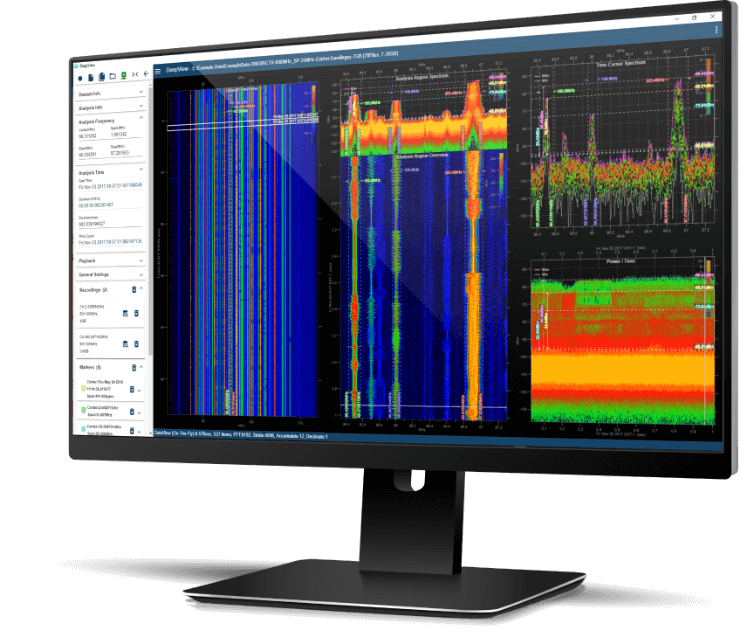
RFeye DeepView
RFeye DeepView is a forensic signal analysis software solution offering a 100% probability of intercept.
Get instant news & expert insights
Join thousands of professionals who subscribe for exclusive insights and early access to our reports and analysis.
